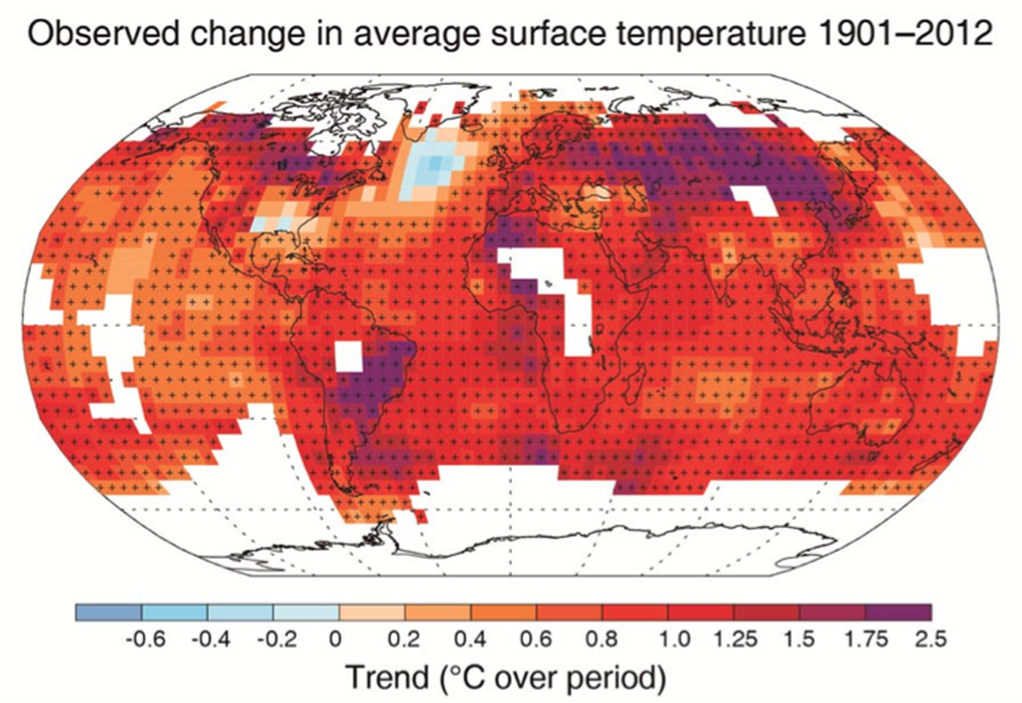By 2080, more than half of Earth’s surface is projected to experience new climate zones, according to data from the Intergovernmental Panel on Climate Change (IPCC).
University of Maryland spatial ecologist Matthew Fitzpatrick developed the map, dubbed “The Future Urban Climates,” which allows users to explore how their local climate will transform over the next six decades.
By 2010, nearly 6 percent of Earth’s land area had shifted towards warmer and drier climates compared to 1950.
An innovative new interactive map shows the stark reality of climate change’s impact on global weather patterns.
The tool matches 40,581 locations worldwide with areas currently experiencing similar conditions to what is predicted for 2080.
The map illustrates dramatic shifts in climate patterns. For instance, New Delhi’s 2080 summers is projected to be 4.5C warmer, and 1.4 per cent drier. Meanwhile, the winters could be 4.9C warmer and 0.9 per cent drier.
New York is projected to resemble that of present-day northern Mississippi. Washington DC is expected to feel like current-day North Louisiana, with a potential temperature increase of 6°C.
These projections are based on a high-emissions scenario, but the map also offers a lower-emissions alternative, demonstrating the potential impact of successful climate mitigation efforts.
The changes are already underway. By 2010, nearly 6 percent of Earth’s land area had shifted towards warmer and drier climates compared to 1950, with North America, Europe, and Oceania experiencing the most significant changes.
Of particular concern are the equatorial regions, home to over 3.3 billion people – about 40 percent of the global population. These areas are heading towards climates more extreme than anywhere currently inhabited, raising fears about potential uninhabitable zones due to excessive heat and humidity.
Tags: Climate Zones, IPCC, New Delhi



Recent Posts
Pan Ocean Orders Two Eco-Ready VLCCs from HD Hyundai Heavy Industries
FincoEnergies Advances Digital Marine Biofuel Delivery with eBDN Technology Adoption
Ocean Hyway Cluster Secures Funding for Green Maritime Energy Station Pre-Study
Eitzen Group to Build 850 TEU Battery-Powered Containerships with Enova Backing
MSC Marks Hamburg Partnership with Festival and LNG Vessel Launch
Ocean Network Express Expands Fleet with Delivery of Newbuild ‘ONE Singapore’
GCMD Publishes Insights from Landmark Ammonia Transfer Trial Off Western Australia
GEODIS Releases 2024 Activity and Sustainability Report, Reaffirms Climate Commitment